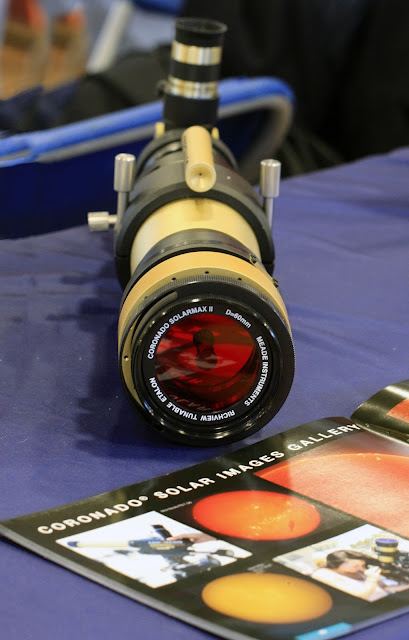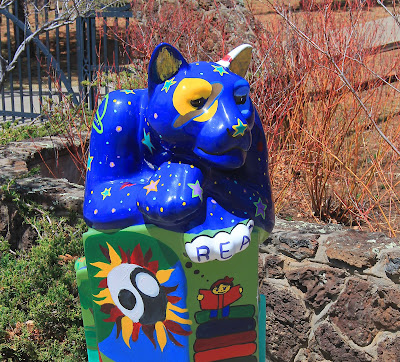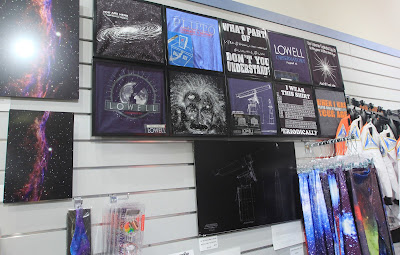Acadia National Park is one of the darkest place on the East Coast. It is amazing how good sky is here - amazing airglow and shadow from Milky Way. I not even expected something like this on the East Coast of US.
 |
| Acadia Astrophotography - Panorama of 4 Images Milky Way over Sand Beach |
Canon 60Da, EF16-35mm f/2.8L II USM, 25.0 sec; f/2.8; ISO 6400 - Four photos, Panorama
 |
| Acadia Astrophptography Milky Way Night Landscape |
Canon 60Da, EF16-35mm f/2.8L II USM, 30.0 sec; f/2.8; ISO 12800 - One photo
 |
| Black and White Acadia Astrophotography |
Canon 60Da, EF16-35mm f/2.8L II USM, 30.0 sec; f/2.8; ISO 12800 - One photo
 |
| Night Landscape Canon Astrophotography Panorama Milky Way Acadia National Park Maine USA |
Canon 60Da, EF16-35mm f/2.8L II USM, 25.0 sec; f/2.8; ISO 6400 - 6 photos
 |
| Chasing the Milky Way - Acadia National Park |
 |
| Rainbow Milky Way - Maine Astrophotography, Acadia National Park |
Canon 60Da, EF16-35mm f/2.8L II USM, 25.0 sec; f/2.8; ISO 6400 - Panorama of 20 photos
I derived with my family and friends from New York to Acadia National Park about 10 hours. There was new moon and weather forecast for this night was good. It was chance to get good dark sky.
While Mount Desert Island is not heavily populated and is remote, but some light pollution exists. So, some places in Acadia National Park are just with good dark sky. But some places are having amazing sky! Sand Beach, while just a 290-yard-long beach inlet between granite mountains, has a spectacular view of the night sky. On the Bortle Dark-Sky Scale, this place has “Class 1” (out of 9) is absolutely, naturally dark — the darkest skies on earth! Such darkness sky in the Sand Beach can be attributed to two factors: location and park lighting. Newport cove protects the beach from most of the sky glow from major population centers on the island. The beach faces out to the dark open ocean. The surrounding topography blocks the line of sight from Bar Harbor preventing residual sky glow. Park lighting were design to minimized light pollution.
The Sand Beach was good choice. The Galactic center region of the Milky Way casts obvious diffuse shadows on the ground. Airglow is readily apparent. The presence of Jupiter in the sky seems to degrade dark adaptation. Its big contrast between New York sky and Acadia National Park.






























































